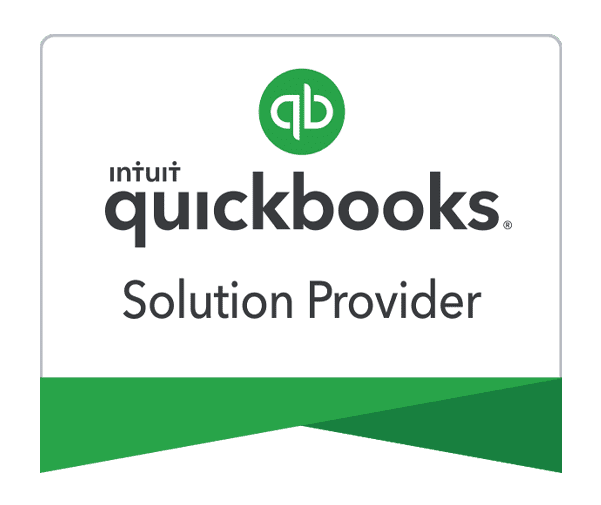Implementing surcharges can be a valuable strategy for businesses to offset the costs associated with credit card processing fees. In the NetSuite ERP system, adding surcharges requires careful planning and execution to ensure compliance with legal requirements and to maintain customer satisfaction. While surcharging can help manage expenses, it’s crucial to do it correctly to avoid legal pitfalls and to provide a transparent experience for your customers.
This guide outlines the best practices for implementing surcharges in NetSuite, including the importance of payment integration, compliance with regulations, and effective communication with customers. By following these best practices, you can implement surcharges in a way that is both efficient and compliant, ensuring that your business benefits while maintaining positive customer relationships.
Best Practices for Surcharging in NetSuite
Use Payment Integration
When you integrate a payment gateway with NetSuite, it automates the process of adding surcharges to transactions, reducing the manual effort required and minimizing the risk of errors. This automation ensures that surcharges are applied consistently across all transactions, improving accuracy and efficiency.
Moreover, integrating a payment gateway with NetSuite helps ensure that surcharges are compliant with the regulations that govern them. Different states and countries have specific rules about how surcharges can be applied, and a well-integrated payment system will automatically adjust for these regulations. This compliance is essential for avoiding legal issues and maintaining customer trust.
Finally, payment integration simplifies the tracking and reporting of surcharges within NetSuite. By automatically recording surcharge amounts and associating them with the appropriate transactions, you can easily generate reports and analyze the impact of surcharges on your bottom line. This data-driven approach allows you to fine-tune your surcharging strategy over time, ensuring that it remains effective and compliant.
Learn how NetSuite payment integration helps large businesses.
Understand Legal Regulations
Before implementing surcharges in NetSuite, it’s vital to understand the legal regulations surrounding surcharging in your region. In the United States, for example, surcharging is legal in most states but comes with specific requirements, such as capping the surcharge amount and disclosing it to customers before the transaction is completed. Additionally, certain credit card networks, like Visa and Mastercard, have their own rules about how surcharges can be applied.
To ensure compliance, consult legal counsel or a payments expert who is familiar with the surcharging laws in your jurisdiction. Failure to comply with these regulations can result in fines, legal challenges, and damage to your reputation.
Incorporating these legal guidelines into your NetSuite implementation ensures that your surcharges are applied correctly and transparently, reducing the risk of customer complaints or legal issues.
Communicate Surcharges Clearly to Customers
Transparency is key when implementing surcharges. Customers need to be informed about any additional fees before they complete a transaction. In NetSuite, this can be achieved by clearly displaying surcharge information on invoices, sales orders, and checkout pages.
Effective communication goes beyond just informing customers of the surcharge; it also involves explaining why the surcharge is being applied. For example, you can clarify that the fee helps cover the cost of processing credit card payments, which can resonate with customers who understand that credit card fees are a significant expense for businesses.
By being upfront about surcharges, you can reduce the likelihood of customer dissatisfaction and maintain trust in your business. NetSuite’s customizable templates and forms make it easy to include surcharge information in all relevant customer communications.
Set Up Surcharge Limits
To comply with credit card network rules and state laws, businesses need to cap their surcharges at certain levels. In the U.S., for instance, surcharges cannot exceed 4% of the transaction amount. NetSuite allows you to configure these limits within your payment settings, ensuring that surcharges do not exceed the legal maximum.
By setting up these limits within NetSuite, you automate compliance with surcharge regulations, reducing the risk of human error. This automation ensures that your business remains within legal boundaries, protecting you from potential fines and legal disputes.
Surcharge limits also help maintain customer goodwill by ensuring that fees are kept within reasonable bounds, making customers more likely to accept them.
Test the Surcharge Setup Thoroughly
Before rolling out surcharges across all transactions, it’s important to test the setup within NetSuite. This testing phase allows you to verify that surcharges are being applied correctly and that all legal and customer communication requirements are being met.
Create a variety of test transactions to ensure that surcharges are correctly calculated, displayed, and reported. Testing should also include verifying that the surcharge information is correctly communicated to customers, both online and in any printed documents.
By thoroughly testing the surcharge setup, you can identify and correct any issues before they affect real transactions, ensuring a smooth implementation.
Train Your Team
Surcharge implementation in NetSuite involves more than just setting up the software. Your team also needs to understand how surcharges work, why they are being applied, and how to communicate them to customers. This training ensures that everyone is on the same page and can handle any customer inquiries or concerns effectively.
Provide your staff with training on how surcharges are displayed in NetSuite, how to adjust them if necessary, and how to explain them to customers. This training should also cover the legal aspects of surcharging, so your team is aware of any restrictions and how to stay compliant.
Well-trained staff can help ensure that the surcharge process runs smoothly, minimizing any potential disruptions to your business operations.
After implementing surcharges, it’s important to regularly monitor their performance. NetSuite provides reporting tools that allow you to track surcharge amounts, analyze their impact on your profitability, and assess customer reactions.
Use these reports to evaluate whether the surcharges are meeting your financial goals and whether any adjustments are needed. For example, if you notice a decline in customer satisfaction or an increase in abandoned transactions, it may be worth revisiting your surcharge strategy.
Continuous monitoring allows you to make data-driven decisions and optimize your surcharge implementation over time, ensuring that it remains effective and compliant.
Update Your Surcharge Strategy Regularly
Regulations, customer preferences, and market conditions can change over time, and your surcharge strategy needs to adapt accordingly. Regularly review your surcharge setup in NetSuite to ensure that it continues to meet legal requirements and aligns with your business objectives.
Stay informed about any changes to surcharging laws or credit card network rules that may affect your business. If necessary, make adjustments to your surcharge levels, customer communication strategies, or internal processes.
By keeping your surcharge strategy up-to-date, you can continue to benefit from surcharges while minimizing risks and maintaining customer trust.
Conclusion
Implementing surcharges in NetSuite can be an effective way to manage credit card processing fees, but it requires careful planning and execution. By following these best practices—ranging from integrating payment systems to staying compliant with legal regulations—you can ensure that your surcharges are applied smoothly and transparently.
For businesses looking to achieve compliant and streamlined surcharging in NetSuite, our team at Paygration is here to help. We specialize in setting up payment integration solutions that make credit card surcharging seamless and efficient. Our experts can provide a tailored setup, ensuring your surcharges align with both legal requirements and your business goals. Get started by calling 866-949-7267 or clicking the link below for a demo.

















